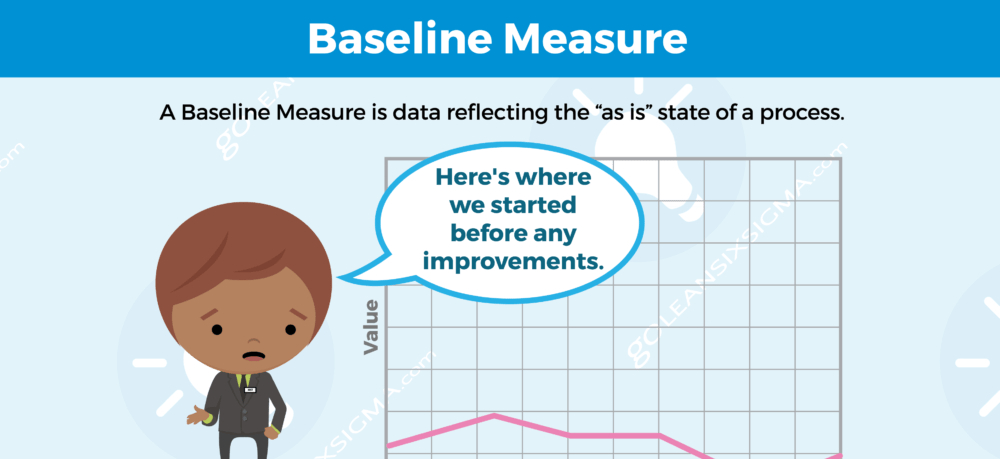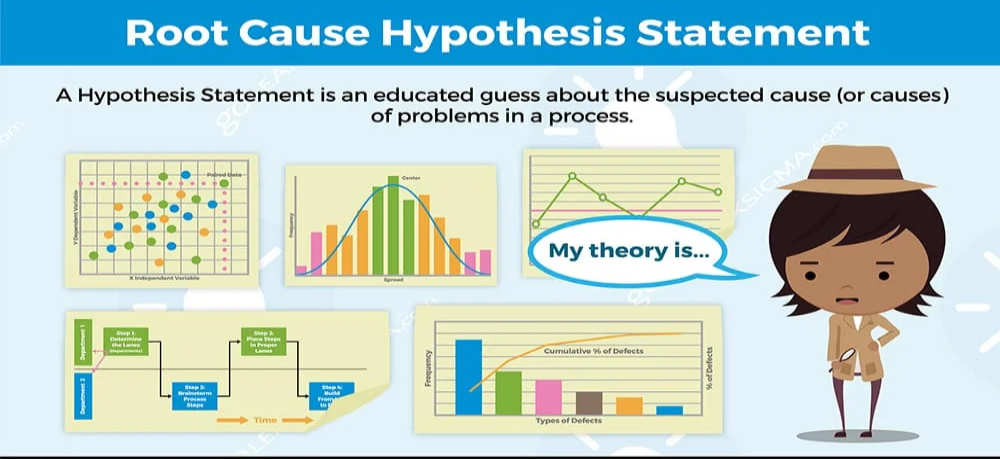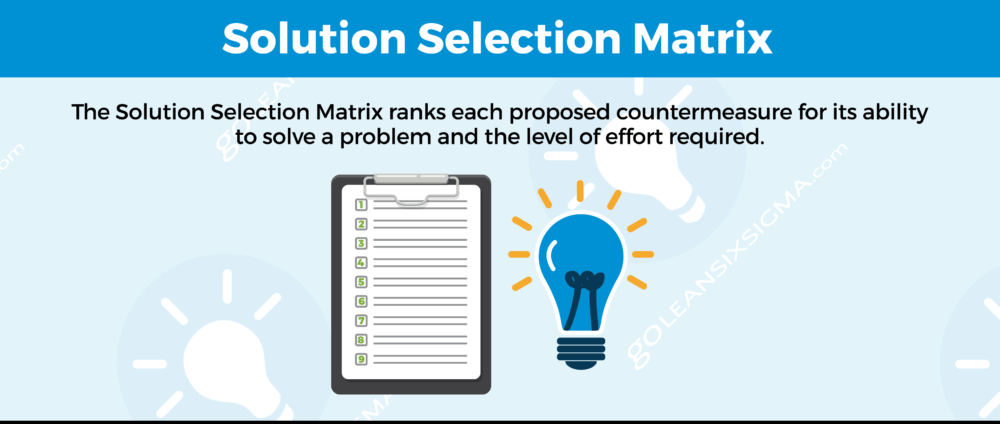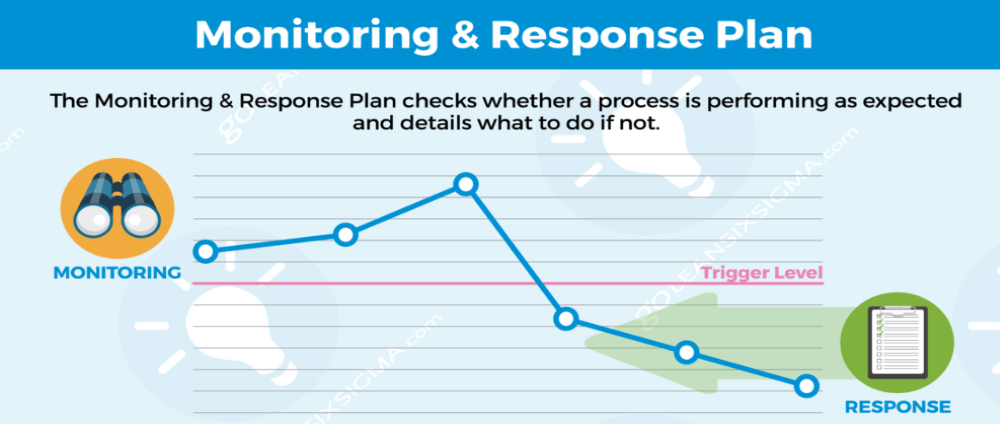
Overview of Develop a Streamlined Onboarding Training Program.
Why is a streamlined onboarding training program so important?
Company onboarding is an important part of any business’s operations – it sets the tone for future productivity and performance. It is an essential process for introducing new employees to the team and introducing them to the company’s values, culture and expectations.
Onboarding should be seen as an investment in the long-term success of the company and an opportunity to set the new employee up for success. It is a critical part of the employee experience, and it is important to make sure that it is done well.
The onboarding process should start before the employee even begins their new job. This can include a pre-onboarding period where the employee is briefed on the company’s values and expectations and provided with materials to help them learn about the company. During the onboarding period, the employee should be given a tour of the facility, an introduction to their team, and an overview of their job duties and responsibilities. They should also be given an opportunity to ask questions about the company and their job.
Onboarding is also an opportunity to ensure that the new employee is properly trained and equipped to do their job. Providing them with the necessary equipment and training materials will ensure they are ready to hit the ground running. Additionally, onboarding should include an orientation to the company’s policies, benefits and workplace culture. This is also an opportunity to give the employee a sense of belonging to the team and an understanding of the company as a whole.
The onboarding process should also be tailored to the individual employee. Each employee is different and has different needs and expectations, so it is important to ensure the onboarding process is tailored to their individual needs.
Onboarding is an essential part of any business’s operations and should be seen as an investment in the long-term success of the company. It is an opportunity to set the employee up for success, ensure they are properly trained and equipped to do their job and give them a sense of belonging and understanding of the company. When done well, onboarding can be a great way to set your team up for success.
Project Background.
Client Details
The Client in question was a technology consultancy consisting of a team of 11 consultants and 9 office staff who focused on external client projects, internal operations and managing a diverse portfolio of technology based, SME clients. When we started working together, our client highlighted a possible issue with the onboarding process. However,as our client and senior staff were occupied with current project, they were all busy carrying out fee-earning work. He didn’t have the time to overhaul his onboarding process, even though he knew that’s what needed to happen. That’s where we were able to help
Our client approached The Training Owl as they have identified an issue with staff attrition and knowledge transfer once initial onboarding training was complete and sought assistance in improving both staff attrition and knowledge transfer after the aforementioned training.
Project Overview.
New employee onboarding is one of the most crucial steps to ensure the success of the employee and the company. It is the foundation to build a functional and productive team and should be taken seriously. A well-planned onboarding process can result in higher employee satisfaction, better retention, and improved productivity levels.
Studies have shown that the cost of improper onboarding can be significant, and we highly recommend investing in a more formalized training process as the team grows. The onboarding process does not end on the first day, but should be seen as an ongoing journey for the employee. Doing this will guarantee the long-term success of your company.
One thing HR professionals generally agree on is that onboarding begins the moment a candidate accepts a job offer and ends when a new employee is fully integrated and performing as expected. bamboohr
Project Phases.
Phase One - Define
Goal: Define the problem, improvement activity, opportunity for improvement, the project goals, and customer (internal and external) requirements.
- Develop project charter to define the focus, scope, direction, and motivation for the improvement team
- Create voice of the customer to understand feedback from current and future customers indicating offerings that satisfy, delight, and dissatisfy them
- Create voice of the employee to understand feedback from current and future employees indicating offerings that satisfy, delight, and dissatisfy them
- Value stream map of current process to provide an overview of an entire process, starting and finishing at the customer, and analyzing what is required to meet expectations of both customers and employee
- Identify the opportunities with high potential for improvement
- Identify all stakeholders
- Estimate project impact and completion
 Picture reference goleansixsigma
Picture reference goleansixsigma
Phase Two - Measure process performance
Goal: What is causing the problem?
- Kep review points: How does this process currently perform? What is the magnitude of the problem?
- Process mapped for recording the activities performed as part of overall onboaridng process
- Capability analysis to assess the ability of a process to meet outlined specifications
- Used Pareto chart to analyze the frequency of problems or causes
- Defined, measured and determined the current performance or the baseline of the process
- Key findings: Lack of process, Lack of communication, Lack of clear boundaries and expectations>
 Picture reference goleansixsigma
Picture reference goleansixsigma
Phase Three - Analysis process performance
Goal: Define the problem, improvement activity, opportunity for improvement, the project goals, and customer (internal and external) requirements.
- Performed a complete root cause analysis (RCA), which covers a broad range of techniques and methodologies, including change analysis, events and causal factor analysis, and the Kepner-Tregoe Problem Solving and Decision Making model.
- Developed failure mode and effects analysis (FMEA) to identify all possible problem areas, inefficiencies, flaws, defects, and shortcomings.
- Developed a visual representation of the variations within a given process using a multi-vari chart.
- Implemented process control
- Developing a plan for improvement - which was
After this phase, we were able to capture and document all opportunities for improvement successfully, and outline our plan of improvment action.
 Picture reference goleansixsigma
Picture reference goleansixsigma
Phase Four - Improvement of process
Goal: Uoon completion of the analysis, and gathering of data, is is time to start making the improvements. Present how the team offer to fix the root causes of the problem. As we have now determined what’s causing the problem, it’s time for the team to implement plans to resolve the root cause.
- Brainstormed and put forth solution ideas to managment
- Developed a design of experiments (DOE) to determine the expected benefits of a solution
- Revised process maps and plans according to the data collected in the previous stage
- Outlined a test solution and plan
- Implemented Kaizen events to improve the process
- Informed all stakeholders about the solutions, ensuring they comformed to project budget - displayed ROI
 Picture reference goleansixsigma
Picture reference goleansixsigma
Phase five - Control of process
Goal: Uoon completion of the analysis, and gathering of data, is is time to start making the improvements. Present how the team offer to fix the root causes of the problem. As we have now determined what’s causing the problem, it’s time for the team to implement plans to resolve the root cause.
- Identifed and documented the new work standard
- Developed a quality control plan which ensures the entire team is working with the same techniques and metrics
- Used statistical process control (SPC) to monitor process execution and identify any issues that arise
- Determined additional improvements, if needed, to meet process objectives
- Streamlined process improvements using the “Five S’s” of Lean
- Integrated, documented, and communicated the lessons learned
 Picture reference goleansixsigma
Picture reference goleansixsigma
Conclusion
Although the clint did have an Onboarding Process, it is clear that the client did not have a structured approcach and it strongly needed updating. As a group we worked with the client, initially observing the old process in place, and conducted a number of reviews; including of workshops, interviews and question.
These steps allowed us to understand process improvments needed by both knowing why the client need to updarte the process, & its current state and clearly identifing the changes needed to be made.
After the change is implemented, results should be measured and analyzed. We were able to ask the questions: "Was the change effective? "Was the source or sources of variation eliminated?"
Through the use of analysed data to further improve the process, make adjustments based on reality and, most importantly, control the process; we were able to ensure the processes implemented was perfect for the exactly client needs .
Steps Taken:- From beginning to end, the entire onboarding procedure was mapped out. We kept track of all the procedures used and the onboarding experience that the clients would have at each stage.
- We were able to pinpoint the smaller action steps needed to advance things using our process map. We noted who should be held accountable for these specific actions. As a result, there was less confusion and more clarity because we were able to find any gaps in the process and fill them.
- The parameters of the onboarding procedure were also established. This keeps the process focused and efficient.
- Onboaring Material was developed from start to completion using the latest AI Trainign/Onboarding tools
- Implimentation of an LMS, ensuring of making the Learning Management System training accessible and flexible to employees
- Organize all the company’s onboarding/learning materials in one place
For mroe information